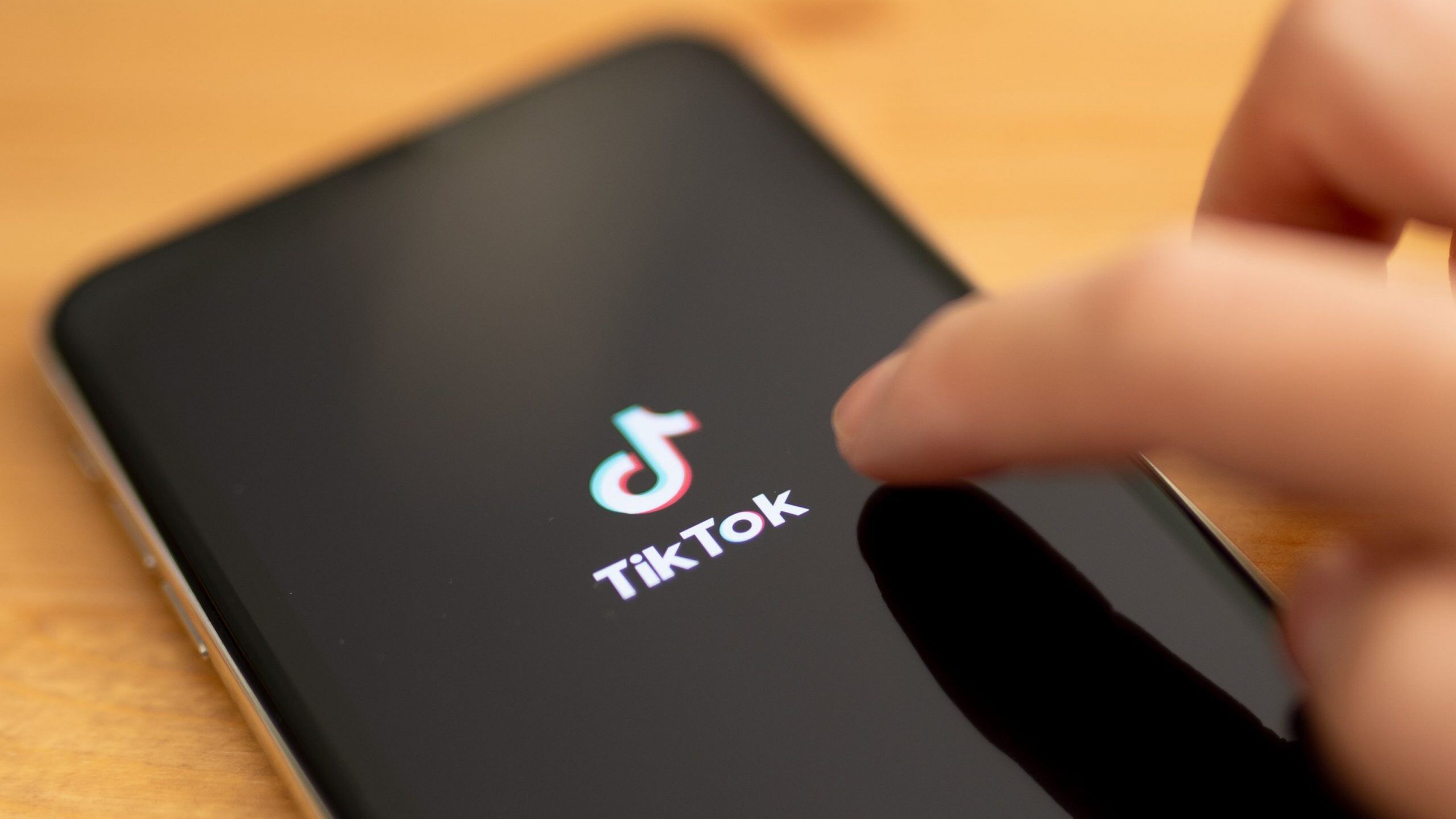In today’s workplace, trust and safety are paramount. Employees must feel secure, knowing that their colleagues are trustworthy and reliable. This sense of safety is not only crucial for individual well-being but also for organizational productivity and morale. Background screening plays a vital role in establishing this trust by ensuring that potential hires meet the necessary criteria for safety and reliability.
Psychological Rationale for Background Screening
Ensuring Safety and Reliability
Employers need to guarantee that their employees are safe and dependable. This need is rooted in psychological theories that emphasize the importance of a secure environment for optimal functioning. Abraham Maslow’s Hierarchy of Needs places safety as a fundamental requirement, essential for individuals to reach higher levels of performance and self-actualization. By conducting thorough background screenings, employers can mitigate risks and create a safer workplace, which in turn fosters trust and cooperation among employees.
The Impact of Past Behavior on Future Performance
The principle that past behavior is a predictor of future actions is well-documented in psychology. Behavioral consistency theory suggests that individuals are likely to repeat past behaviors in similar contexts. Therefore, background screening helps employers assess an applicant’s history for any red flags that might indicate future problems. For instance, a history of violent behavior or fraudulent activities can be significant indicators of potential risks.
Human Behavior and Risk Assessment
Psychological Profiling in Background Screening
Psychological profiling can significantly enhance the effectiveness of background screenings. Profiling involves understanding an individual's psychological characteristics, which can predict their behavior in various situations. By incorporating psychological assessments, employers can gain deeper insights into a candidate’s personality, motivations, and potential risk factors.
Role of Personality Assessments
Personality assessments, such as the Myers-Briggs Type Indicator (MBTI) or the Big Five Personality Traits, can be integrated with background checks to provide a comprehensive view of a candidate. These assessments help in understanding how an individual may react under stress, their problem-solving capabilities, and their interpersonal skills. When combined with traditional background checks, personality assessments can help predict an employee’s suitability for a role and their potential impact on the workplace environment.
Case Studies and Examples
Preventing Workplace Issues
Several real-world examples highlight the importance of thorough background screening. For instance, a major financial institution once avoided a significant security breach by discovering a candidate’s past involvement in financial fraud during the screening process. Similarly, a healthcare facility prevented potential harm by identifying a history of violent behavior in an applicant for a caregiving position.
Consequences of Inadequate Background Checks
Conversely, inadequate background checks can lead to serious repercussions. A notable example includes a tech company that faced substantial losses and reputational damage after hiring an executive who had a history of embezzlement and fraud, which was not uncovered due to insufficient background screening.
Conclusion
In summary, background screening is not just a procedural formality but a critical psychological tool that helps ensure workplace safety and reliability. By understanding the psychological principles behind human behavior and risk assessment, employers can make more informed hiring decisions. Combining psychological assessments with traditional background checks provides a holistic view of a candidate, reducing risks and fostering a trustworthy and safe work environment. Therefore, businesses should prioritize comprehensive background screening processes to build and maintain a secure and productive workplace.



